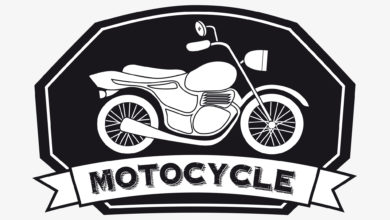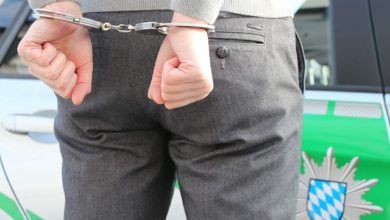Dealing with Post Traumatic Stress after a Car Accident

Being involved in an auto accident is a terrifying experience. For most people, heading back out on the road is challenging after a major accident. For others, the effects can be long lasting and even interfere with their everyday life.
Post Traumatic Stress Disorder (PTSD) is something that many people experience after just a single car accident. Learning how to identify and treat this condition is vital to your wellbeing. If you or someone you know is suffering, then here’s how to deal with PTSD after a wreck.
Spotting the Signs
Identifying PTSD isn’t always simple. People experience this condition in a variety of ways, but there are a few red flags to be aware of. The first is the intrusive nature of traumatic stress, which takes the form of nightmares or flashbacks of the accident.
Avoidance and emotional numbing are the second. You might not want to be around people or things that remind you of the crash. The numbing of your emotions, however, interferes with daily life. You might find that your anxiety from the accident hinders your ability to work, see friends, or even make a trip to the grocery store.
Hyper-arousal, a panic attack-like reaction to anxiety, can also interfere with daily activities. Finally, you might experience changes in your mood or thoughts. The world may seem unsafe, you might become depressed, and you may feel generally bogged down by life.
Seeking Treatment
While the symptoms are life altering, PTSD is an easy condition to treat. Texas car accident attorneys not only fight for their clients’ compensation for these symptoms, but recommend that each client seek behavioral therapy for the condition.
During therapy, patients learn to recognize what triggers their anxiety and how to handle the onset of hyper-arousal. Therapists also work to help patients work through their thoughts and feelings with positive coping methods as opposed to numbing their emotions.
Another aspect of therapy is helping individuals feel safe in their car again. While it’s impossible to eliminate that fear entirely the first time someone gets back on the road, focusing on defensive driving techniques and keeping your mind in the moment prove to be highly effective treatment methods.
Getting Help
The first step to recovering from this condition is to get tested. Your primary care physician can recommend a location for PTSD screening. In some cases, they may be able to perform the test themselves.
If your results come back positive, then you begin working with a coach or therapist to help you work through the symptoms of your PTSD and help get your life back on track. In the meantime, inform your car accident lawyer about your condition.
If your accident was caused by someone else’s negligence, you have the right to seek compensation for any resulting conditions as well as the crash itself. A highly skilled lawyer can help you recover funds for your medical expenses, ongoing treatment, and experiencing the emotional trauma that is PTSD.





